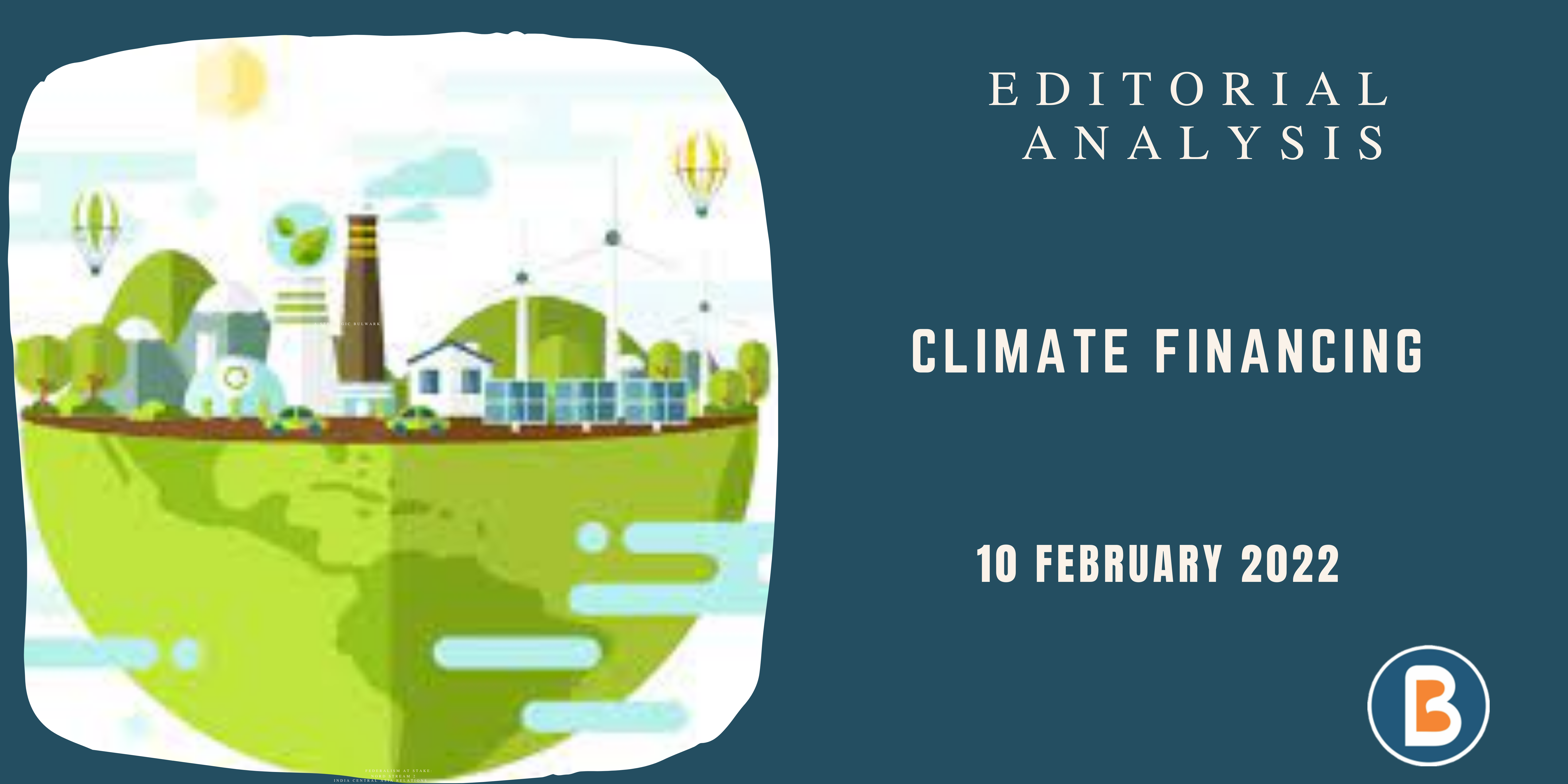Income Inequality in India: Challenges and Solutions
Context:
Recent data highlights a concerning trend of widening income inequality with the top 1% of the population accruing a historically high share of national income.
- This disparity has escalated since the liberalization of the economy, posing significant socio-economic challenges.
Relevance:
GS-03 (Economy)
Inequality trends in India:
- Wealth: India’s top 10% of the population holds a substantial 77% of the national wealth, with the richest 1% owning over 53% of country’s wealth. Meanwhile, the remaining half of the population struggles to access a mere 4.1% of the country’s wealth.
- Income: The top 10% and top 1% command 57% and 22% of the national income respectively, while the share of the bottom 50% dwindles to a mere 13%.
- The burden of taxation disproportionately falls on the poor. Approximately 64% of GST contributions sourced from the bottom 50%, contrasting starkly with the meager 4% from the top 10%.
- Access to healthcare remains a luxury for many ordinary Indians. 63 million individuals pushed into poverty annually due to exorbitant healthcare costs.
- Food security and nutrition pose significant challenges, with 74% of the population unable to afford a healthy diet and 39% lacking access to nutrient-adequate food, as highlighted in The State of Food Security and Nutrition in the World, 2023.
- India’s Global Hunger Index score of 28.7 is deemed serious, with the highest child-wasting rate recorded.
- Gender inequality in India is ranked 127 out of 146 countries in the Global Gender Gap Report, 2023.
Causes:
- Concentration of Wealth: The accumulation of wealth in the hands of a few perpetuates inequality across generations as advantages are passed down to descendants, widening the wealth gap and limiting economic mobility for the majority.
- Skewed Distribution of Economic Gains: Despite high economic growth rates, income inequality exacerbates as certain segments of society reap disproportionate rewards while others struggle to make ends meet.
- Lack of Social Safety Nets: Inadequate welfare programs and social safety nets leave vulnerable populations without sufficient support, deepening the wealth divide and amplifying socio-economic disparities, especially during times of economic downturn or crisis.
- Caste Discrimination: Social exclusion based on caste continues to be a significant driver of inequality in India, marginalizing certain groups and restricting their access to opportunities, resources, and basic rights, perpetuating intergenerational poverty and hindering social mobility.
- Inadequate labour policies: Weak labor market policies including insufficient minimum wage regulations and limited collective bargaining rights can contribute to income disparities.
- Wage gaps: Wage gaps between skilled and unskilled workers has contributed to income inequality. Moreover, informal labour markets with lower wages and fewer benefits has widen the income divide.
Steps to achieve Inclusive growth in India:
- Promote Inclusive Policies:
- Enforce constitutional guarantees of equality through strict policy implementation.
- Introduce progressive taxation to reduce income disparities.
- Foster inclusive governance by encouraging citizen participation and transparency.
- Encourage private sector involvement in inclusive development initiatives.
- Expand Access to Essential Services:
- Ensure universal access to high-quality public services like healthcare and education.
- Generate employment opportunities, particularly in labor-intensive sectors.
- Empower women through gender equality measures in education and employment.
- Advance Social and Financial Inclusion:
- Implement land reforms to address land ownership and distribution issues.
- Support civil society groups to amplify the voices of marginalized communities.
- Embrace technological advancements to create opportunities for all segments of society.
- Enhance Financial Equity:
- Introduce wealth taxation to fund essential public services.
- Encourage corporate social responsibility initiatives for community development.
- Promote financial literacy and inclusion to empower underserved populations.
Facts for prelims:
- Inclusive Development Index (IDI) is an annual economic index that measures a country’s economic performance. It was introduced by the World Economic Forum (WEF) in 2017
- India ranks 62 out of 74 emerging economies on the IDI.
- India performed best in terms of “intergenerational equity and sustainability”.




